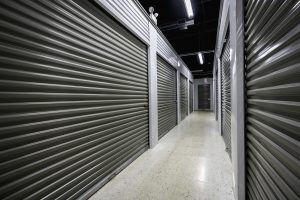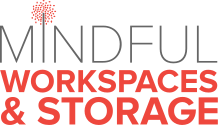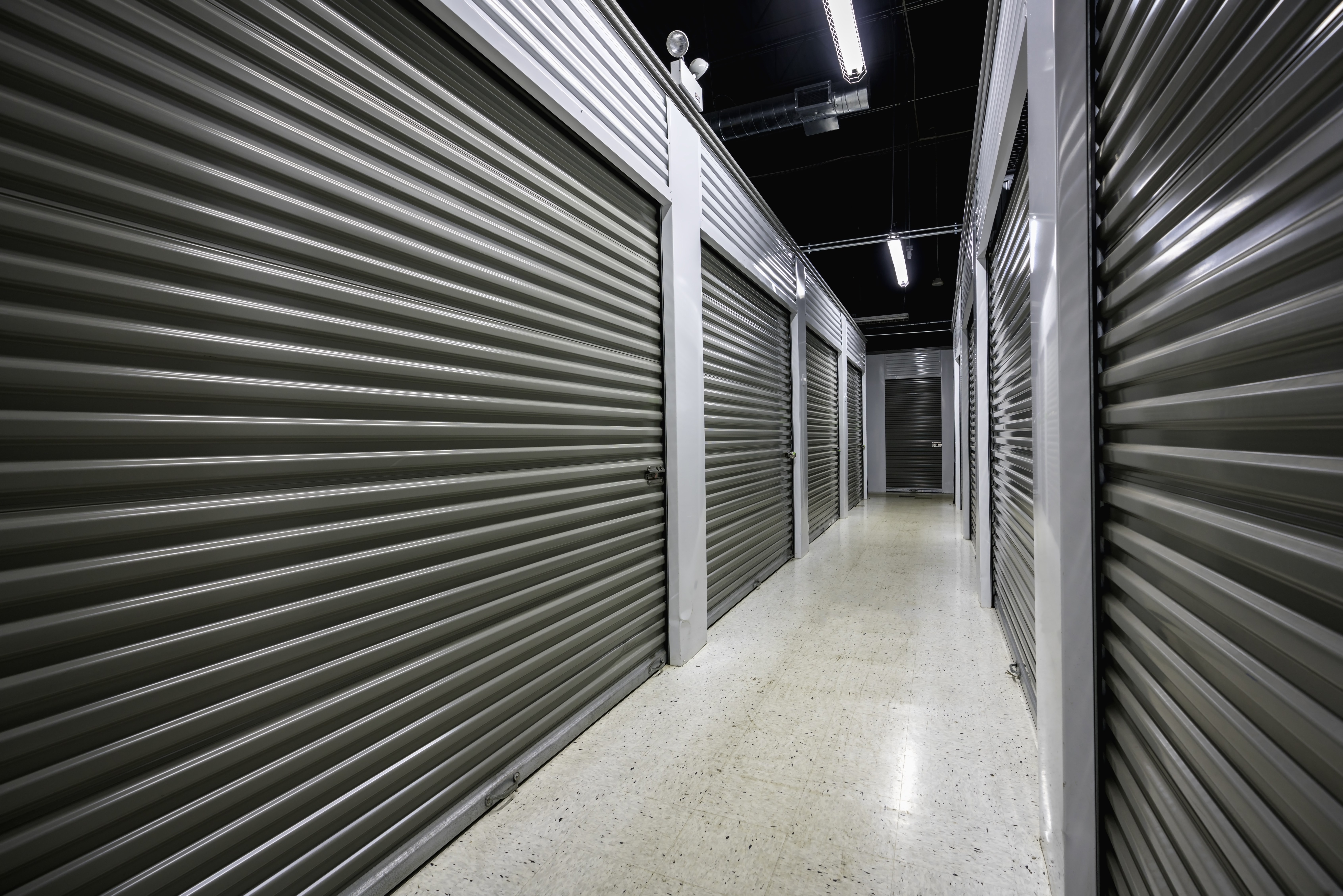
Mindful Workspaces has noted that self-storage property values come from a combination of performance and market factors. Thanks to the coronavirus pandemic, today’s market is extremely volatile and rapidly changing, so it’s more important than ever to understand the worth of your assets.
There are common indicators of the market value of your self-storage property. Here are 5 to examine:
1. Physical and Economic Occupancy
Physical occupancy is the percentage of units that are occupied divided by the property’s total existing units. Economic occupancy is the percentage of units rented at the full asking price. To determine this number, divide the total actual rent collections by gross potential rent. Because both data points are just a snapshot in time, it’s critical to know the most recent statistics and be able to show growth or consistency in your numbers, depending on whether you’re in lease-up.
2. Net Operating Income (NOI)
NOI is simply income minus expenses. Calculating it is an important exercise and is the foundation for additional factors discussed below. For NOI to be accurate, exclude depreciation, debt service, capital improvements and any non-operating expenses.
3. Pro Forma Performance
This is what can be realistically expected by an investor in the first year of facility ownership. Can the rental rates be increased? Can expenses be trimmed? Are there opportunities for additional income, such as the sale of tenant insurance, retail product or truck rentals? If the answer to these questions is positive, the goal is to persuade a buyer to pay you today for as much of this future value as possible.
By that same token, however, you must also consider in your analysis possible increases to facility expenses. For example, will items like property insurance and taxes go up?
4. Demographics
Statistics like population counts and the median household income of local consumers are important components in valuing a property. To begin your research, examine a one-, a three- and a five-mile radius around your facility. Compare the population and median household income in those areas to those for the state as a whole.
Keep in mind that median household income varies widely from state to state. In 2019, it was $63,000 nationwide, ranging from $43,000 in Mississippi to $86,600 in Massachusetts. You must also consider other geographic factors. For example, are you near a military base, university, or major housing development? These lead to increased self-storage use and should positively impact performance.
5. Traffic Count and Visibility
The number of people in the area around your facility matters less than how many will see it every day. How many cars travel past your site regularly? Do you have a prominent, well-placed sign? If you have a high traffic count but no sign, this could be considered upside potential if there are no local restrictions regarding signage.
If you are looking for a cost-effective storage option, don’t overlook a storage unit from Mindful Workspaces & Storage. They provide key solutions to many business issues such as extra office space. And remember that storage containers do not require much to set up and are a great temporary alternative for businesses that require storage.

